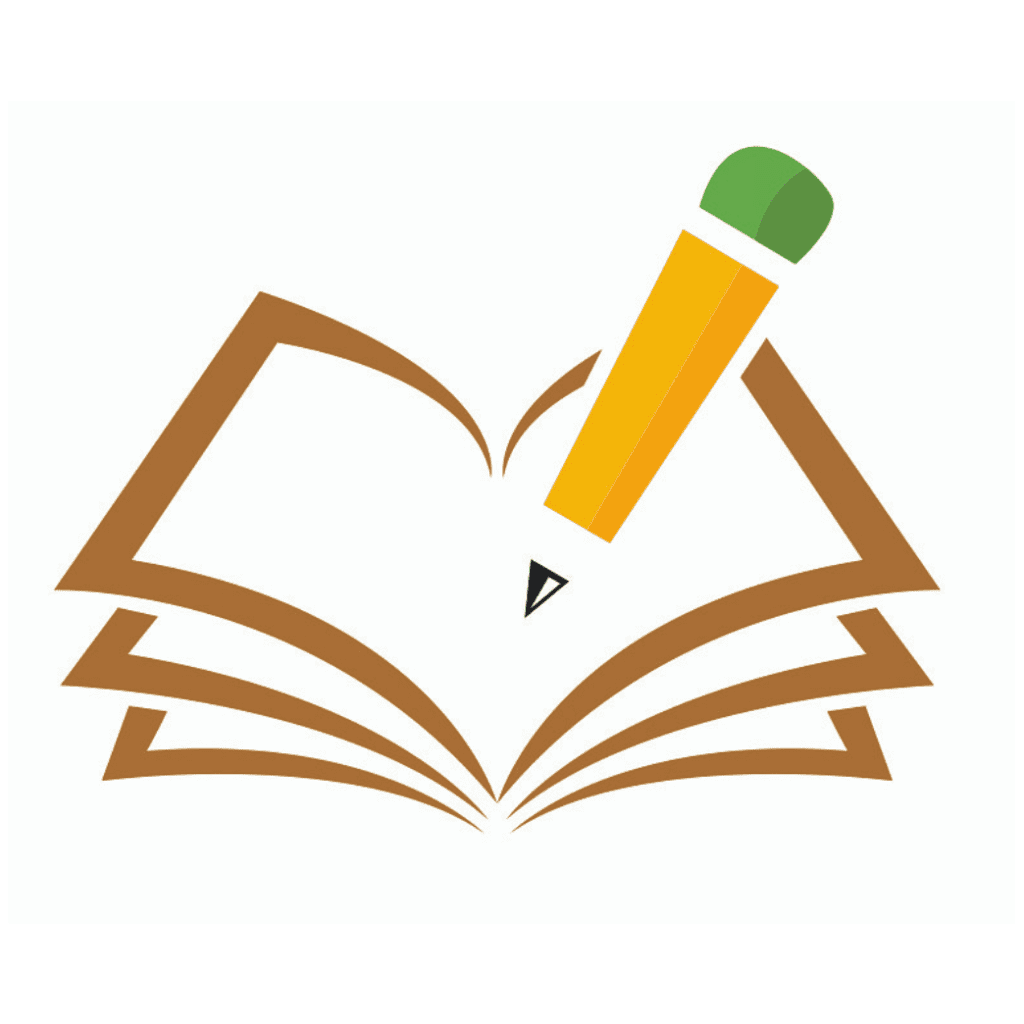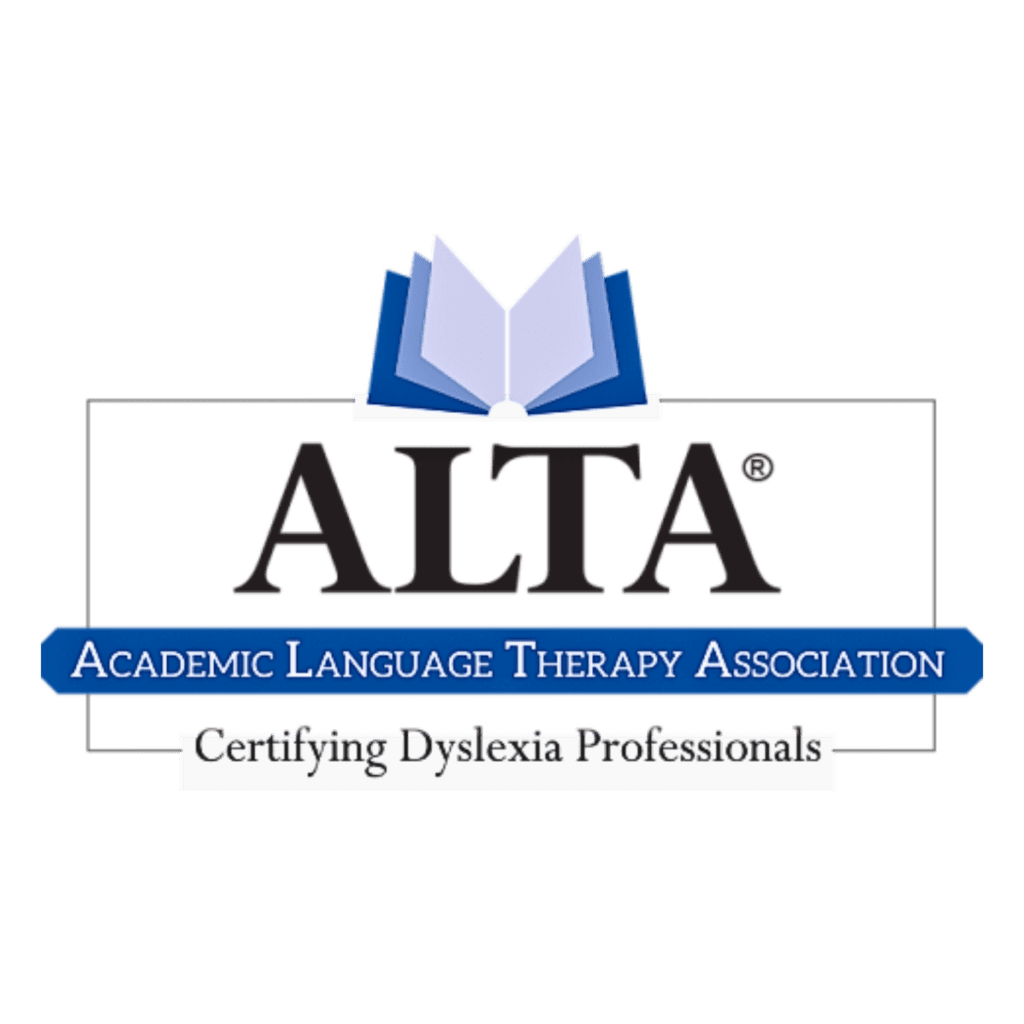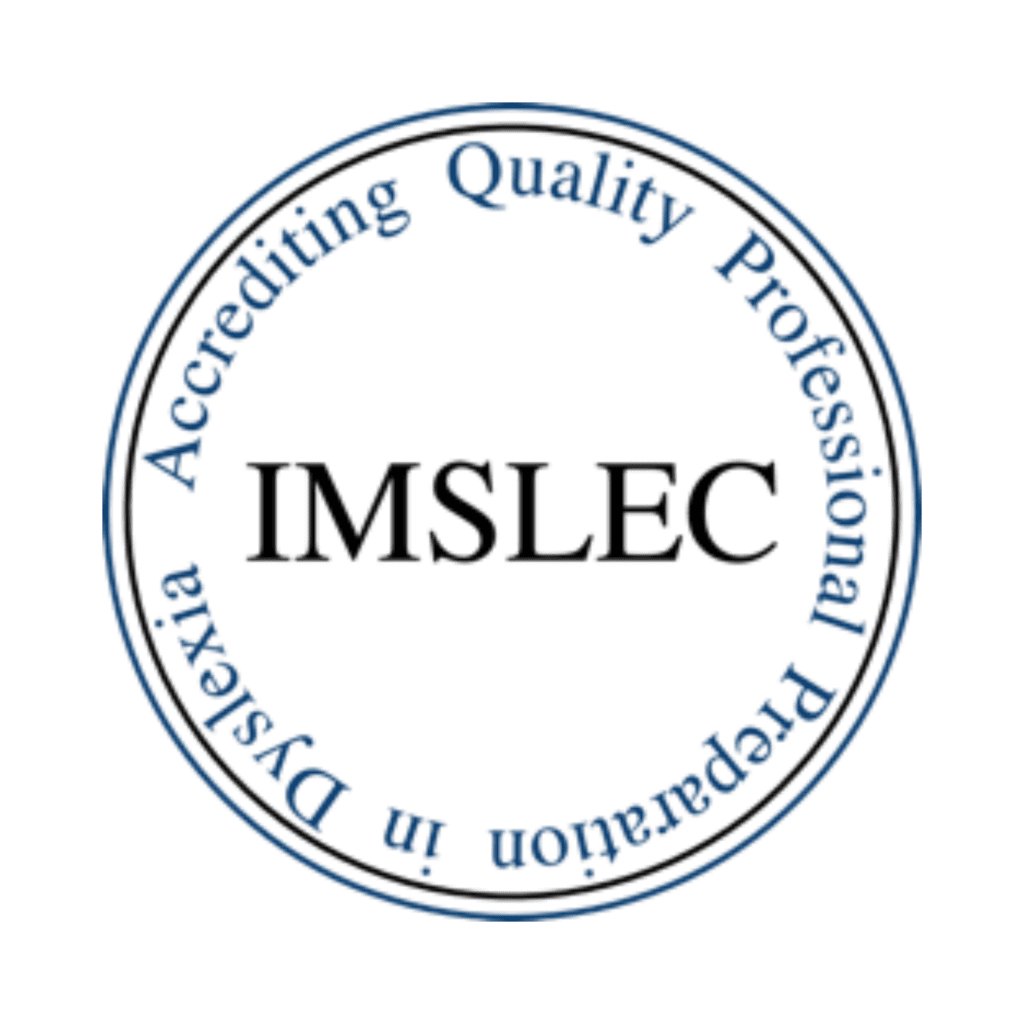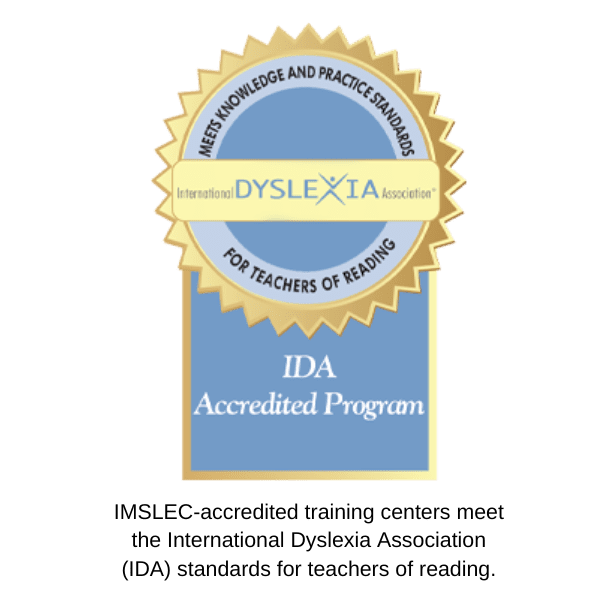Take Flight: A Comprehensive Intervention for Students with Dyslexia
Take Flight: A Comprehensive Intervention for Students with Dyslexia is a two-year Orton-Gillingham-based curriculum written by the staff of the Luke Waites Center for Dyslexia and Learning Disorders at Scottish Rite for Children (SRC) in Dallas, Texas. It was built on the successes of three previous dyslexia interventions developed by the staff of SRC: Alphabetic Phonics, Dyslexia Training Program, and TSRH Literacy Program. Take Flight is an evidence-based curriculum backed by research. Click to read the Research Summary.
Take Flight is designed specifically for individuals who have a language-based learning difference (dyslexia), the 10 – 15% of the population who may be unable to remember two-dimensional symbols, letters, or words easily. These individuals require intervention that utilizes special methods and materials.
Take Flight is a comprehensive, structured, and sequential curriculum that utilizes multimodal techniques for basic instruction in reading, writing, and spelling. Task analysis was used to organize and sequence the following:
- Phonic regularities for reading
- Rules for syllable division
- Spelling
- Other basic linguistic concepts
Take Flight is based on the pioneering research of Dr. Samuel T. Orton, a neuropsychiatrist, and the educational and psychological insights of Anna Gillingham. The Orton-Gillingham techniques for teaching children lacking a talent for language became the basis of a pilot from 1965 to 1975 at the Language Laboratory at Scottish Rite for Children in Dallas, Texas. An interdisciplinary team worked to incorporate multimodal techniques, current findings in learning theories, and discovery teaching into the Take Flight curriculum.

What makes Take Flight an effective intervention?
Take Flight addresses the five components of effective reading instruction identified by the National Reading Panel’s research and is a comprehensive Tier III intervention for students with dyslexia.
What are the 5 components of effective reading instruction?
- Phonemic Awareness – Follows established procedures for explicitly teaching the relationships between speech-sound production and spelling-sound patterns.
- Phonics – Provides a systematic approach to single-word decoding. Students learn 96 grapheme-phoneme correspondences.
- Fluency – Uses research-proven directed practice in the repeated reading of words, phrases, and passages to help students read a newly encountered text more fluently.
- Vocabulary – Features multiple-word learning strategies (definitional, structural, contextual) and explicit teaching techniques with application in the text. Students learn 87 affixes with an emphasis on English morphology. Students learn Latin roots and Greek combining forms.
- Reading Comprehension – Students are explicitly taught how to apply and articulate multiple comprehension strategies for narrative and expository text through cooperative learning, story structure, asking and answering questions, summarization, and comprehension monitoring.
How is structured literacy taught?
Structured literacy is explicit, systematic teaching that focuses on phonological awareness, phonics and decoding, spelling, vocabulary development, comprehension skills, and written expression. Take Flight = Structured Literacy.
- Simultaneous and Multimodal – In order to enhance learning and memory, all learning pathways in the brain (visual – auditory – kinesthetic – tactile) are engaged simultaneously.
- Systematic and Cumulative – Organization of the material follows the logical order of the English language. Instruction begins with the most simple elements and progresses to the most difficult concepts. Each lesson is built on the previous concept learned and content is regularly reviewed to enhance retention.
- Direct and Explicit Instruction – Language instruction includes the direct teaching of all concepts. The academic therapist does not assume students have mastered previous language skills.
- Diagnostic Teaching– The instructional plan for every student is based on continuous assessment of individual needs with the goal of students reaching a degree of automaticity.
- Synthetic and Analytic Instruction – Synthetic instruction presents the parts of the language and how they work together to form a whole. Analytic instruction presents the whole of language and demonstrates how it can be broken down into parts.
Who can implement Take Flight?
Take Flight is designed for use by a Certified Academic Language Therapist for individuals with dyslexia ages 7 and older. For individuals younger than 7 years of age, BUILD: A K-1 Early Reading Intervention can be used.
What is a Certified Academic Language Therapist (CALT)?
Certified Academic Language Therapists (CALTs) are not tutors. They are specially trained to work with students with dyslexia and related language-based learning differences. They have completed extensive training in a structured language education program at a training center or university that offers courses accredited by the International Multisensory Structured Language Education Council (IMSLEC). Course content reflects the International Dyslexia Association’s (IDA) Knowledge of Practice Standards for Teachers of Reading and the Academic Language Therapy Association’s eight standards of knowledge and skills in Multisensory (Mulitmodal) Structured Language Education.
Therapy Level standards require a CALT to:
- Hold a master’s degree.
- Complete 200 course contact hours in an accredited learning therapy program.
- Complete a minimum of 700 clinical teaching hours.
- Complete 10 demonstration lessons.
- Successfully pass the Academic Language Therapy Association (ALTA) Competency Exam for Multisensory Structured Language Education. Passing the exam qualifies an individual as a Certified Academic Language Therapist (CALT).

Where is Take Flight implemented?
United States: Alabama, Arizona, Arkansas, California, Colorado, Florida, Idaho, Illinois, Kansas, Louisiana, Maine, Massachusetts, Mississippi, Missouri, Montana, Ohio, Nebraska, New Hampshire, New Jersey, New Mexico, North Carolina, Ohio, Oklahoma, Oregon, Pennsylvania, Tennessee, Texas, Utah, Vermont, Washington, Wisconsin
Worldwide: Canada, Macedonia, Saudi Arabia
